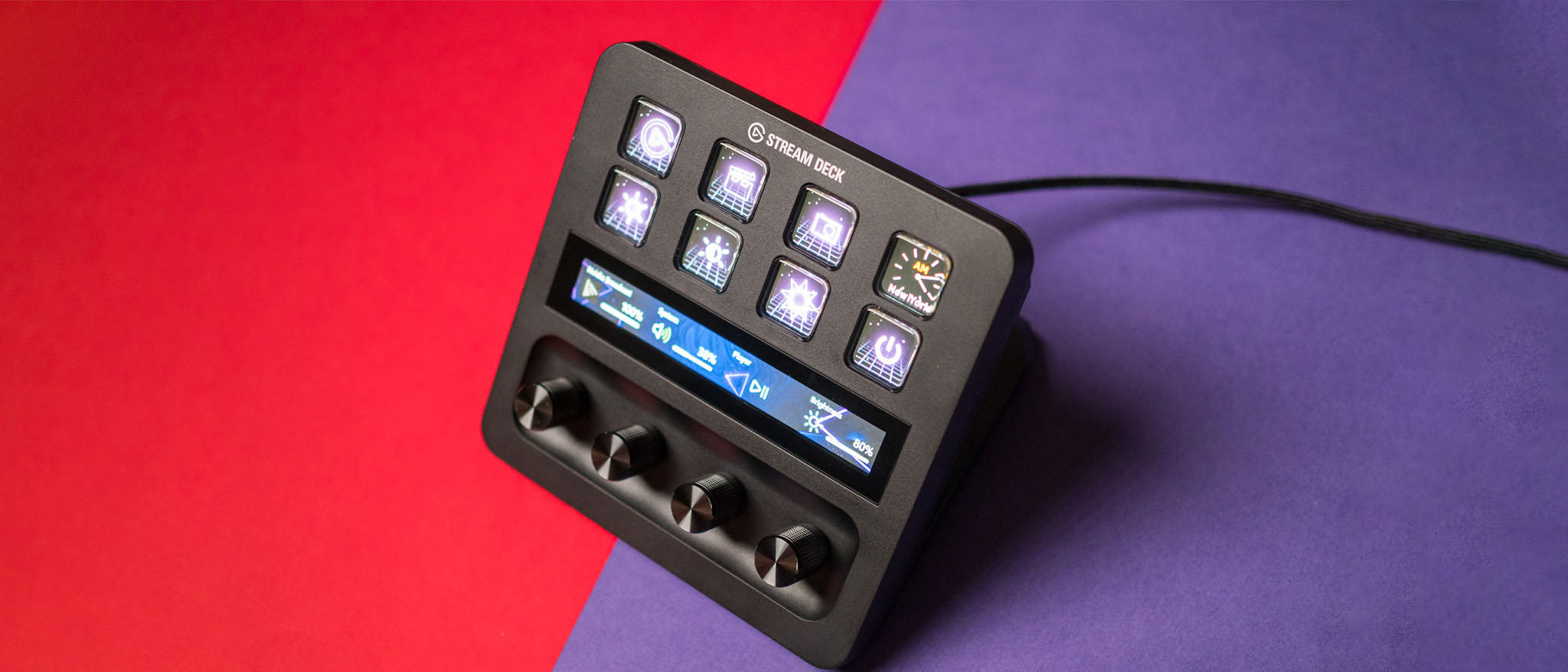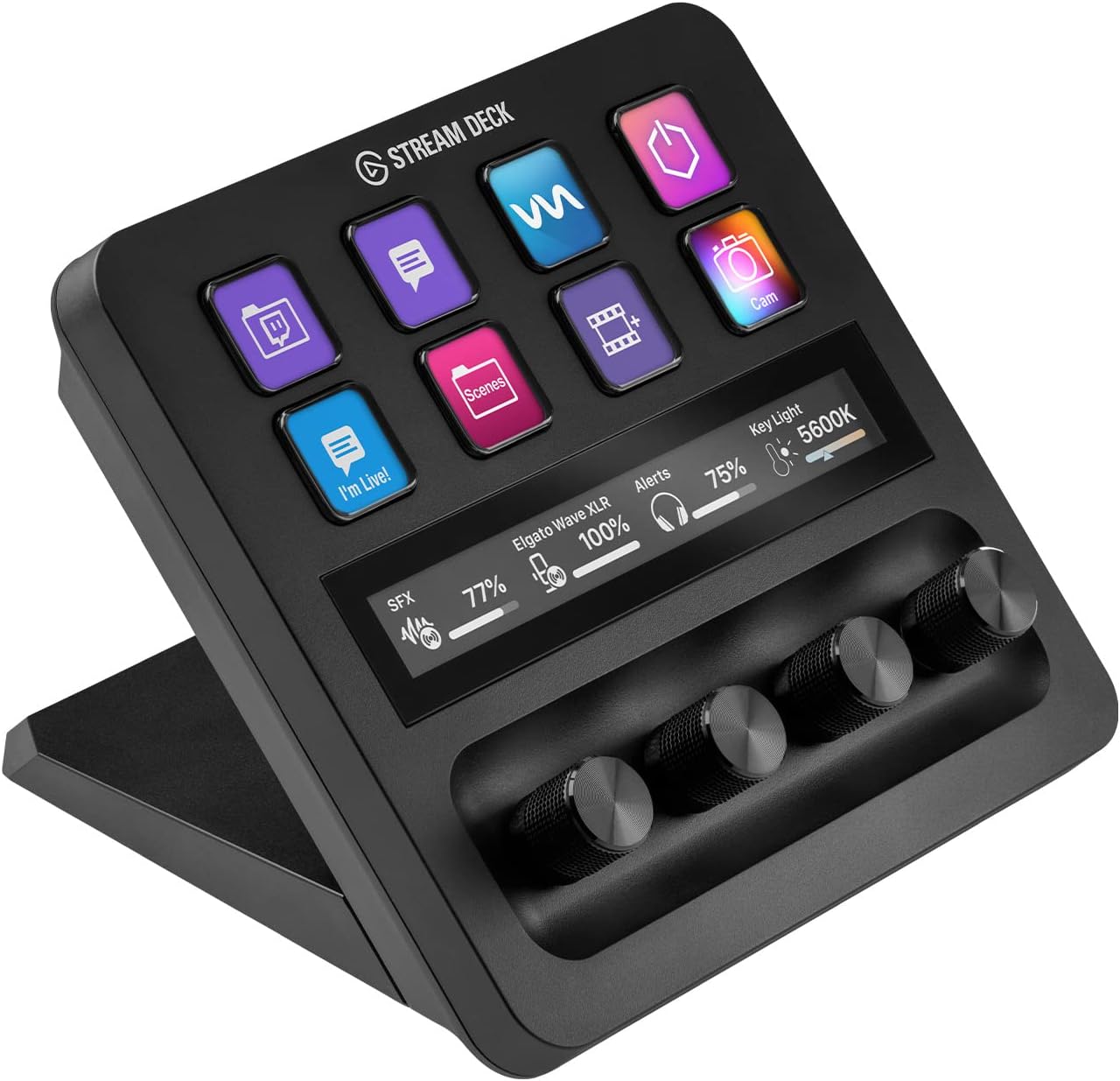Windows Central Verdict
The Stream Deck+ combines control buttons with four rotary knobs that are highly customizable, and you even get a touch bar that can be programmed to carry out various actions. The buttons are larger and spaced out a bit more, the touch bar enables a new suite of interactions, and the dials are great as an audio mixer, and they are highly customizable as well. While the hardware has a lot going for it, Elgato's software ecosystem is the biggest reason for getting the Stream Deck+.
Pros
- +
Plenty of control buttons and dials
- +
Limitless customizability
- +
Easy to set up and use
- +
Powerful software ecosystem
Cons
- -
Costly
Why you can trust Windows Central
I used the Mk2 Stream Deck for more than four years, and when Elgato introduced the Stream Deck+ with rotary knobs and a touchscreen bar, I obviously wanted to take a look. Like the rest of Elgato's portfolio, the Stream Deck+ is aimed at content creators, but it is a versatile control surface with exhaustive customizability.
While the hardware is a big draw, it's the software ecosystem that makes the Stream Deck+ such a great choice. I set it up as a smart home dashboard that lets me control lights, change scenes, and even toggle Pi-hole whenever I need to. The hardware itself is still the best you'll find in this segment, and I like the addition of the four dials quite a bit — they unlock a new way of interacting with the Stream Deck+.
But the question remains: do you really need a dedicated control surface, particularly one that costs $200? I used my Stream Deck+ for the better part of a year, and here's what I think of the device.
Disclaimer
This review was made possible with a review unit provided by Elgato. The company did not see the contents of the review before publishing.
Elgato Stream Deck+: Pricing and availability
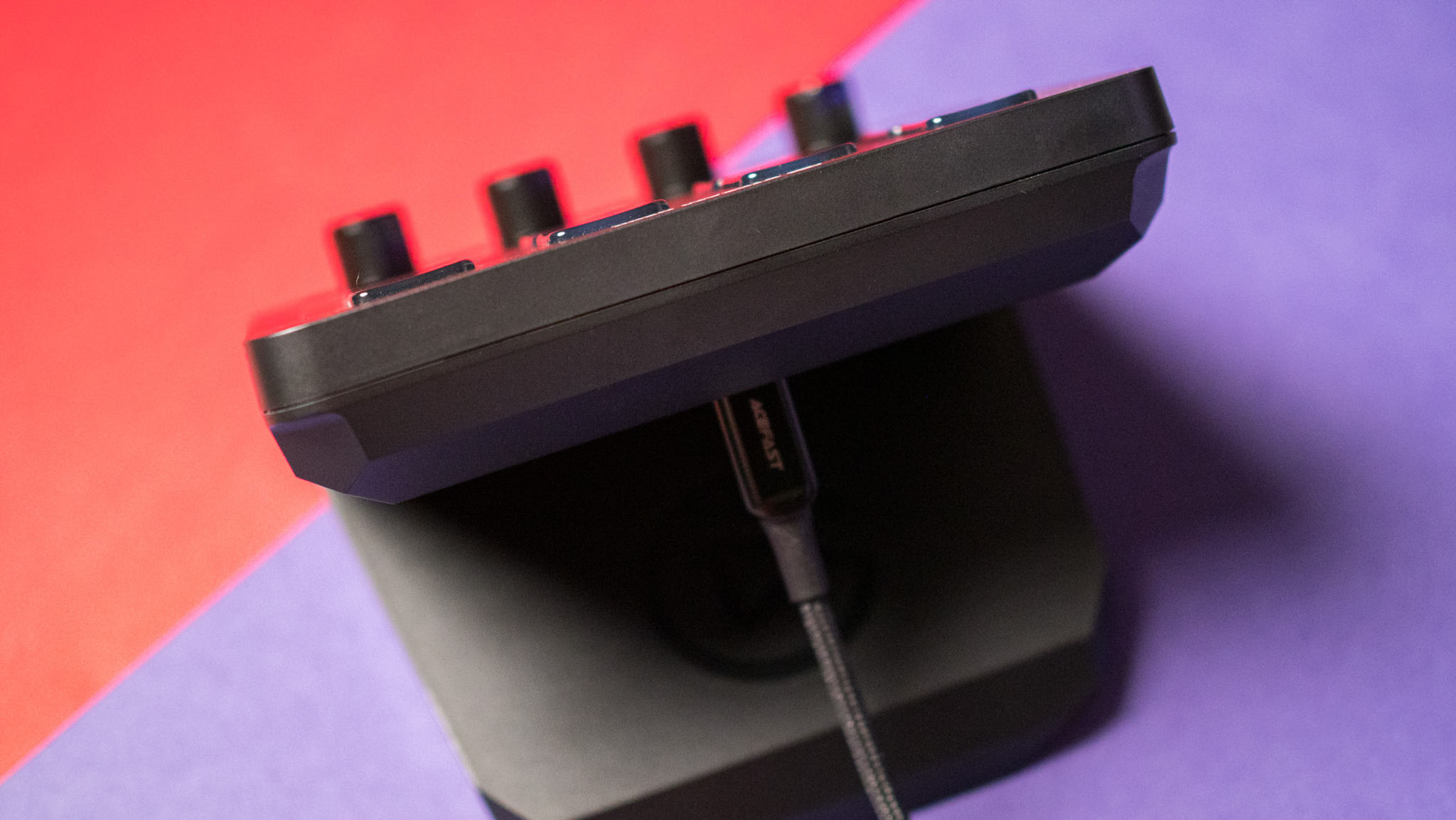
Elgato launched the Stream Deck+ back in November 2022, and the product is available in all markets where the brand has an official presence. The Stream Deck+ costs $199 in the U.S., and can be bought from Amazon as well as Elgato's website and major retailers. It is available in black and white color versions, and if you buy straight from Elgato, you get a set of colored dials free with your order.
While you can't switch out the face plate of the Stream Deck+, the ability to change the dial colors gives the product a little more customizability.
Elgato Stream Deck+: What I like
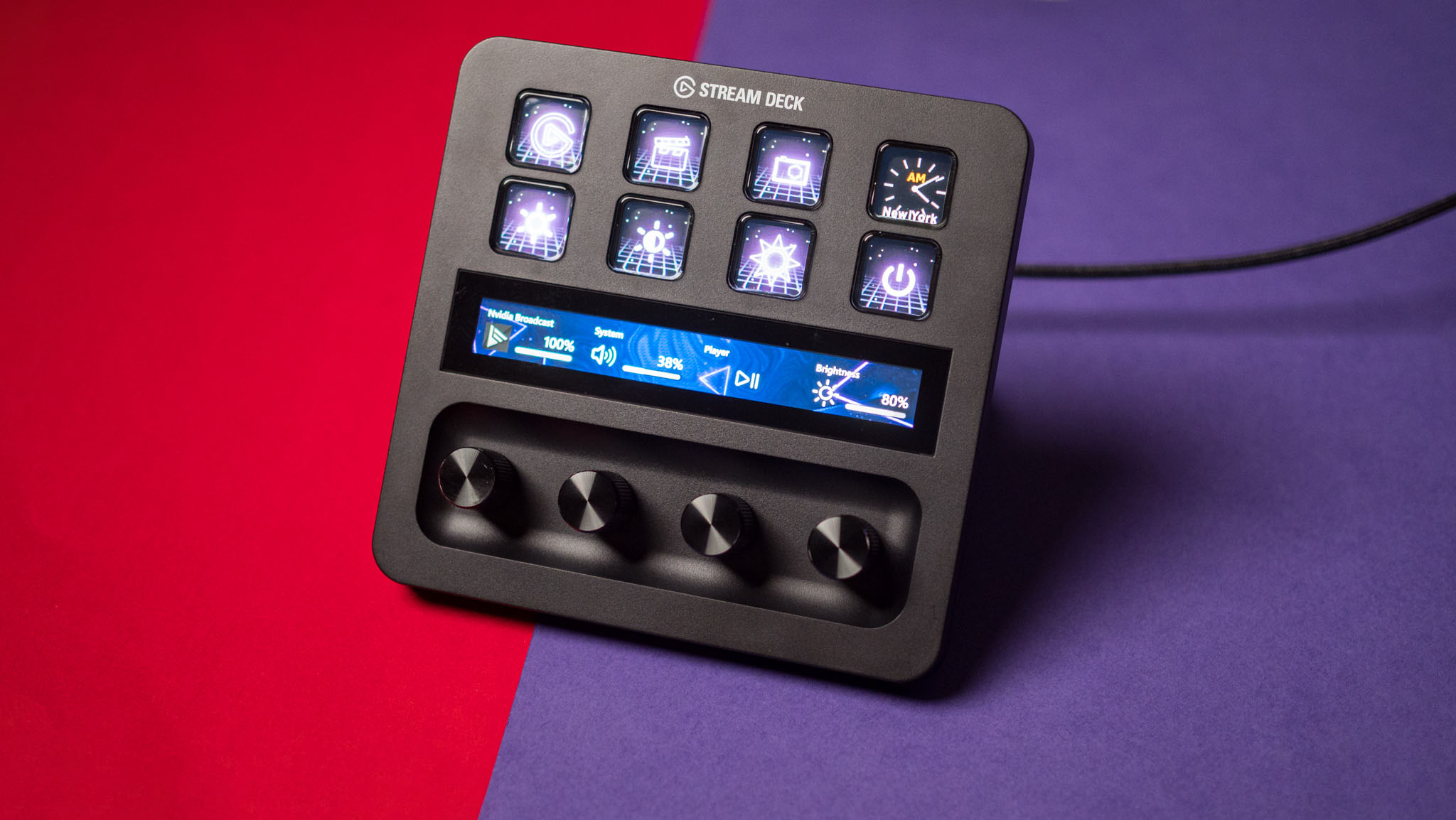
Elgato hasn't changed the overall design of the Stream Deck+, and it retains the same style as the regular model, with a few key tweaks. You still get an angled surface that houses eight large buttons, a touch bar, and a set of four rotary knobs at the bottom. The Stream Deck branding is intact at the top, and unlike the Stream Deck Mk2, the control surface isn't detachable — it is affixed to the stand and is inclined at a 45-degree angle.
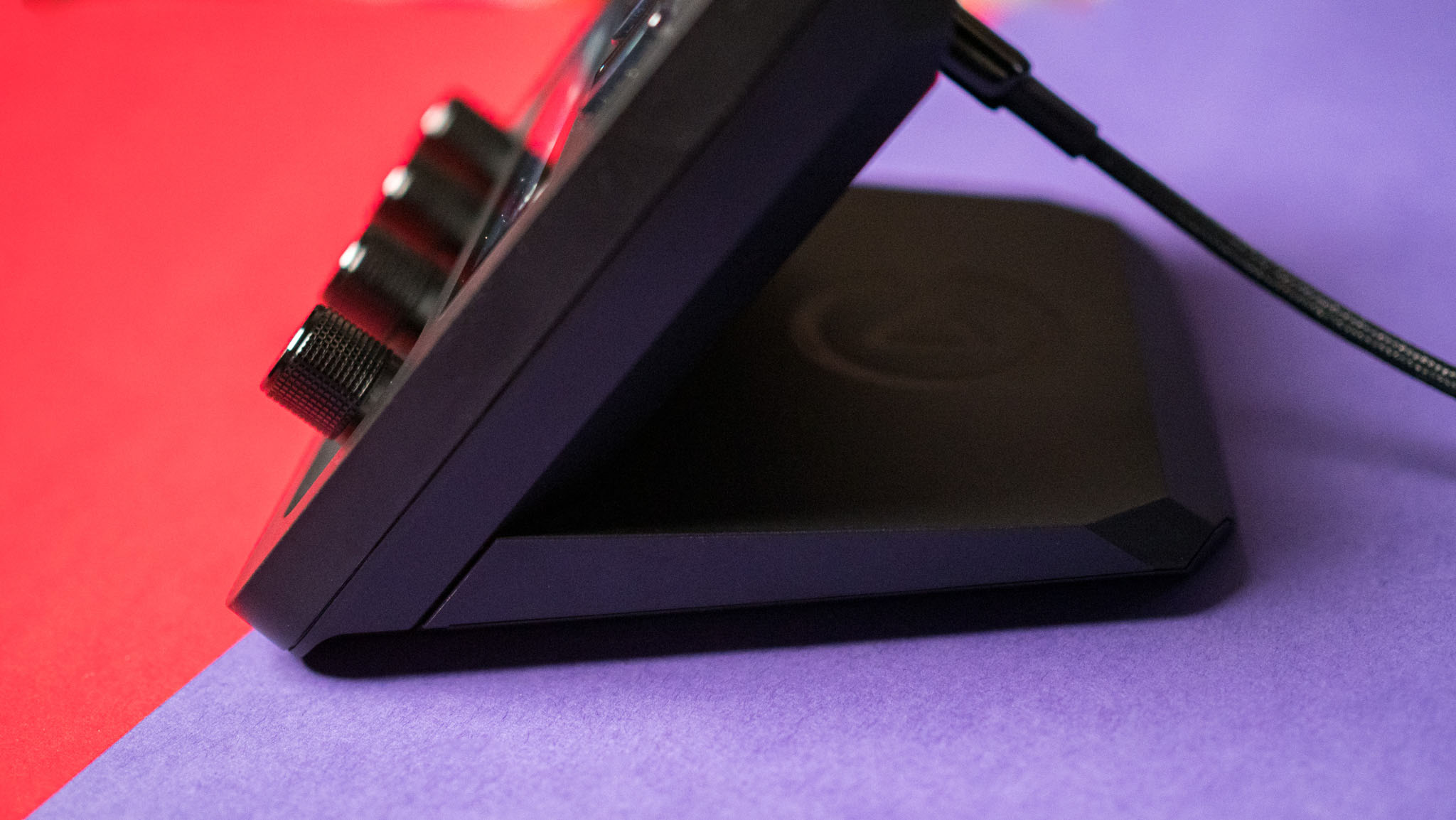
That said, the angled surface is ideal for interacting with the Stream Deck+, and the buttons are larger than those on the Stream Deck Mk2. The biggest difference is that they're spaced out a bit more, and this ensures accidental touches aren't a problem. The downside is that you get just eight control buttons, but this is offset by the addition of the touch bar.
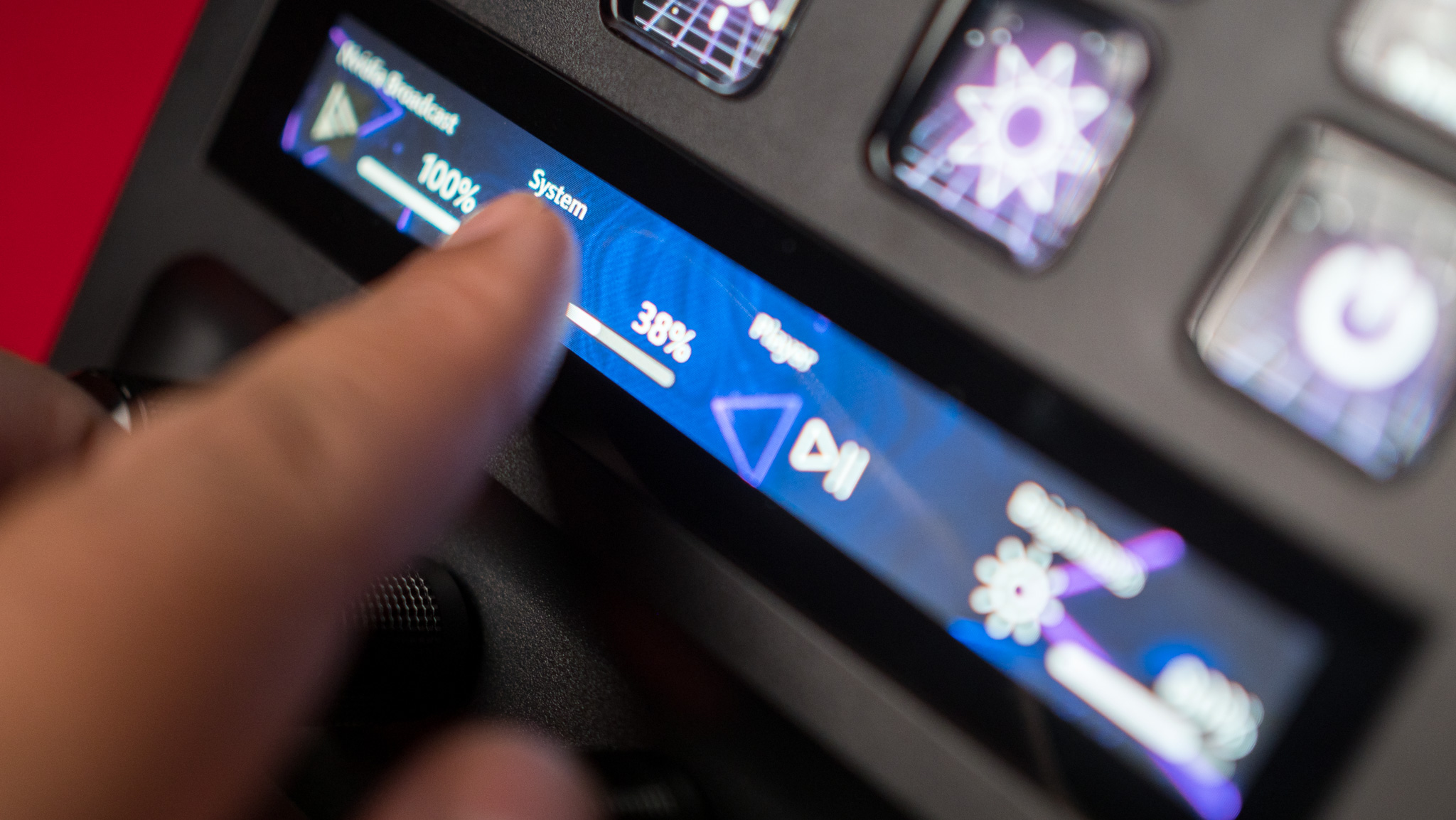
The 4.2-inch touch surface serves as a visual indicator of the corresponding action on the dial below, but you can set up custom long and short-press actions to trigger custom actions. But the best part is the ability to swipe across the touch bar to change pages, and this unlocks a suite of new use cases.
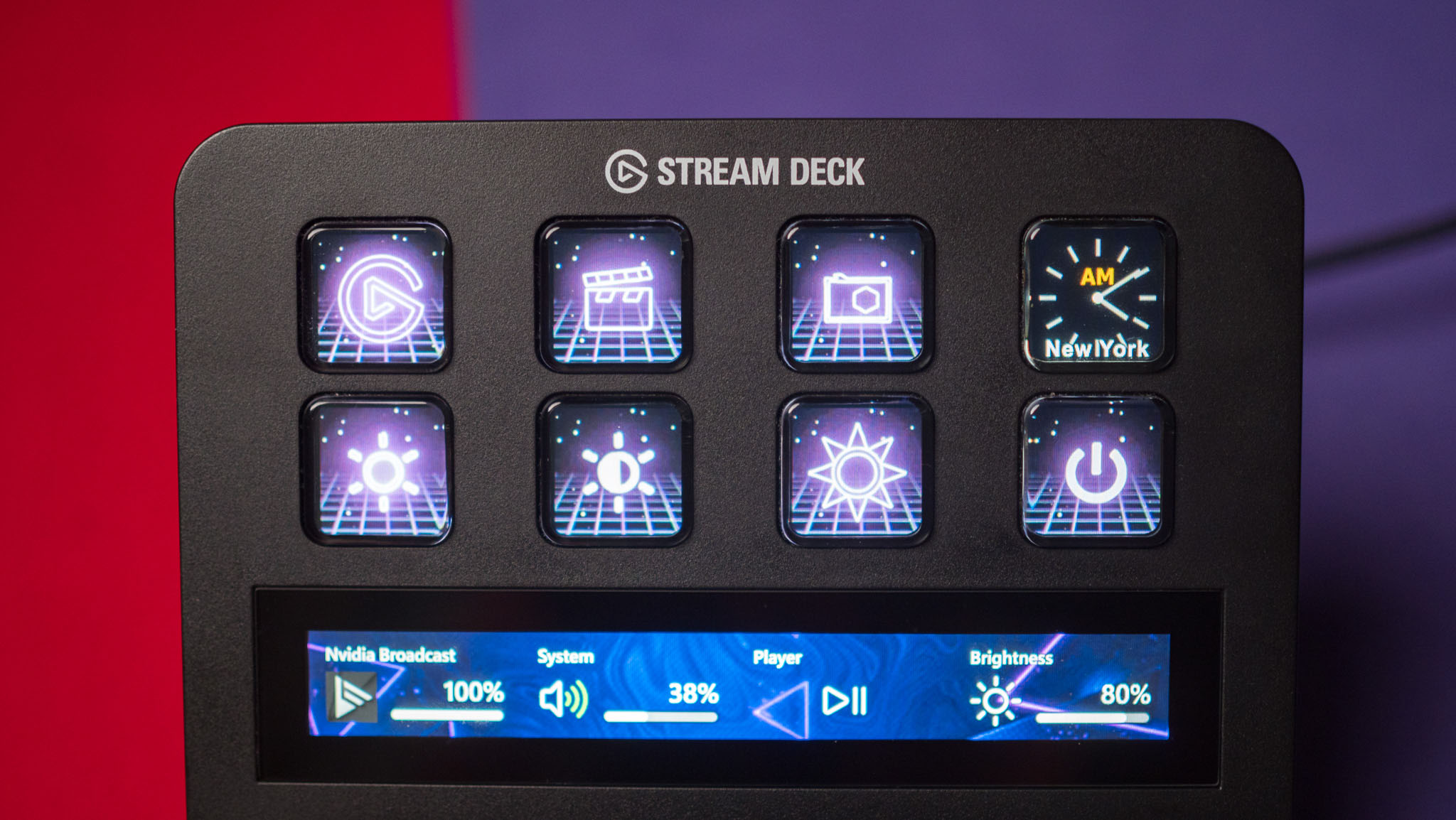
I have four pages of actions set up; the default is to control iCUE effects, launch lights, and Spotify music playback. One page is dedicated to controlling the half-dozen Govee smart products I have in my office, and it's just plain cool to be able to do that with the Stream Deck+. I also have a page to control Hue and Nanoleaf lights and a dedicated section to monitor my gaming rig hardware.
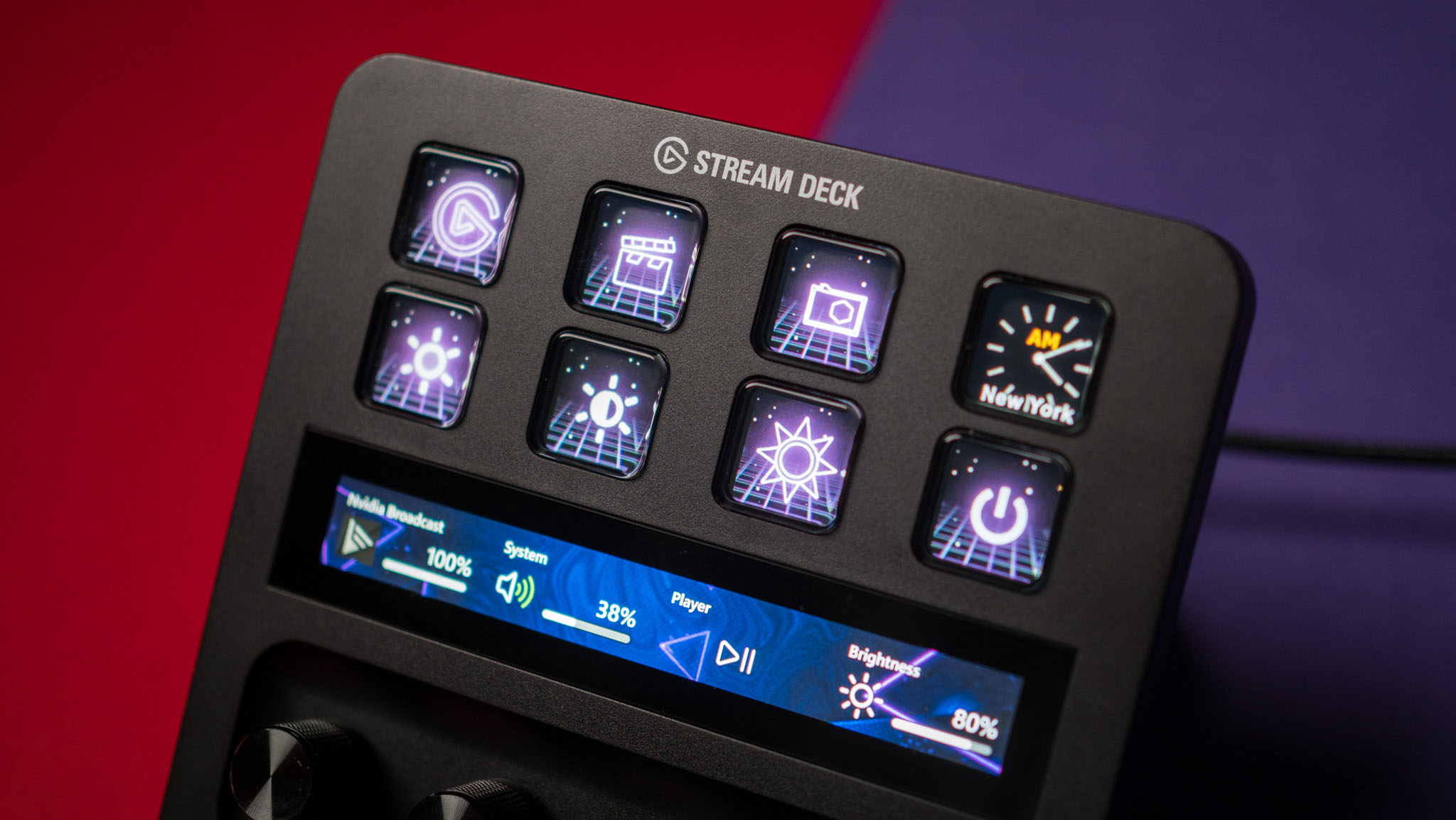
As I said, Stream Deck+ is aimed at streamers, but even if you don't shoot any videos or livestream to Twitch or YouTube, there's plenty of utility to be had. I primarily use the Stream Deck+ as a dashboard to control lights and other smart home products. I previously had a Nest Hub on my desk, but with Google Assistant being unreliable in general, I switched over to the Stream Deck+ to control most smart home tech in my house, and it does a much better job in this area.
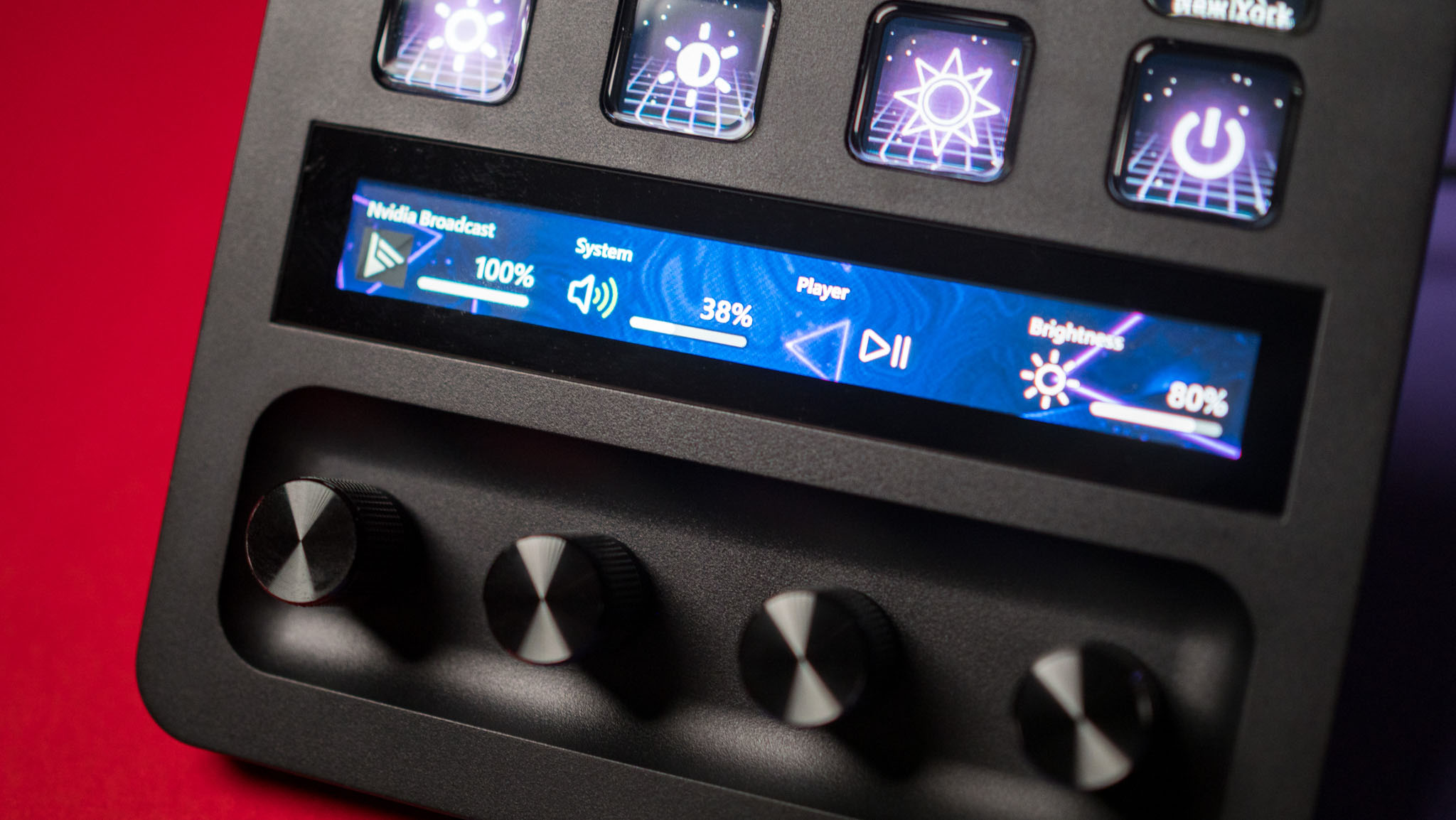
Elgato's software ecosystem is unmatched, and you have a ton of useful plugins that can be downloaded via its storefront. There's even a Pi-hole utility that lets me toggle the ad-blocking service on or off, and I can easily change the settings of my Facecam and adjust NVIDIA Broadcast settings.
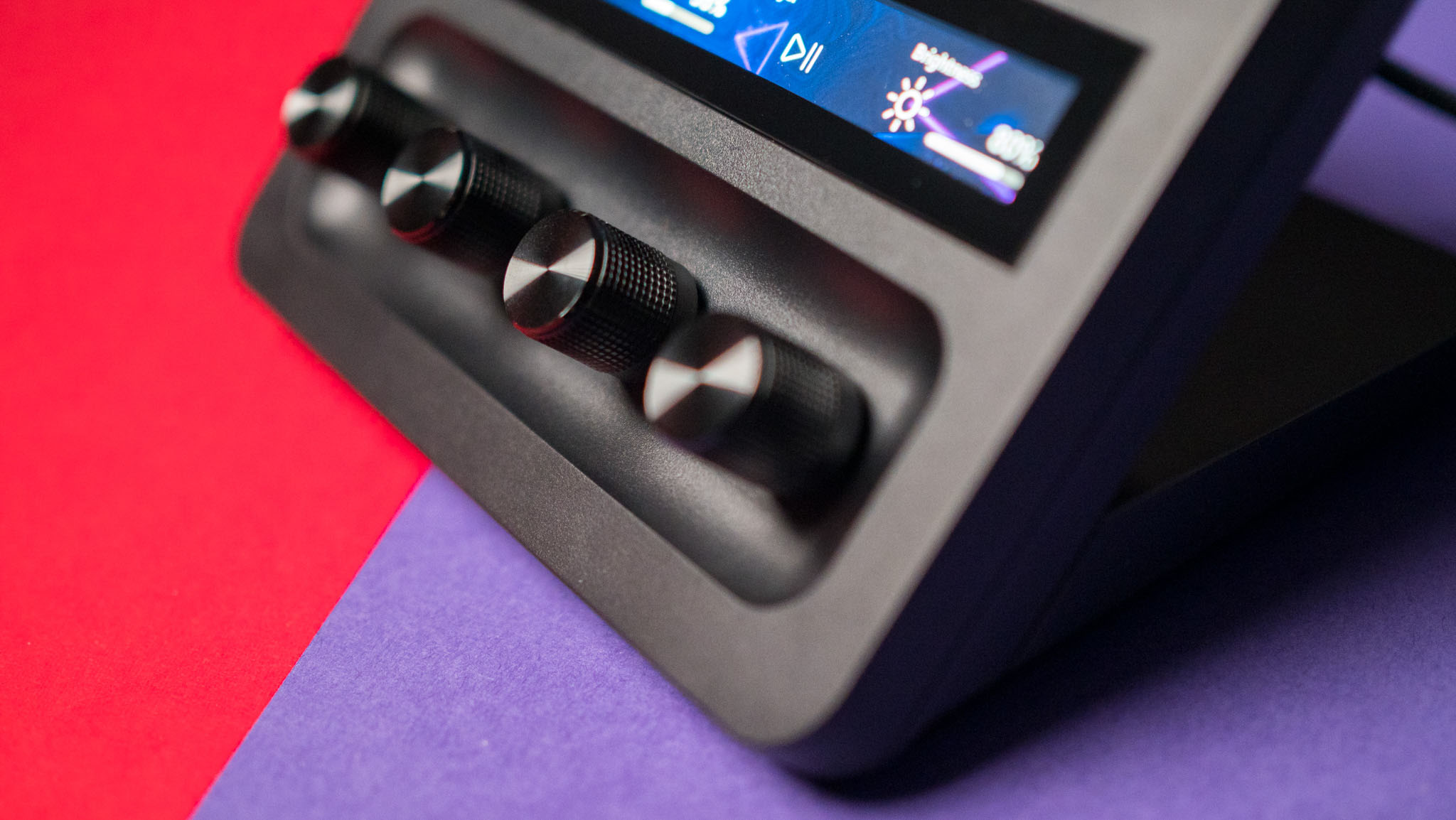
On that note, the dials are a great new addition; they have a textured surface and good tactility, and they can be used to change the system volume, adjust the brightness of various lights, and so much more. They're clickable as well, so you can trigger custom actions should you wish to do so — there's exhaustive customizability to be had.
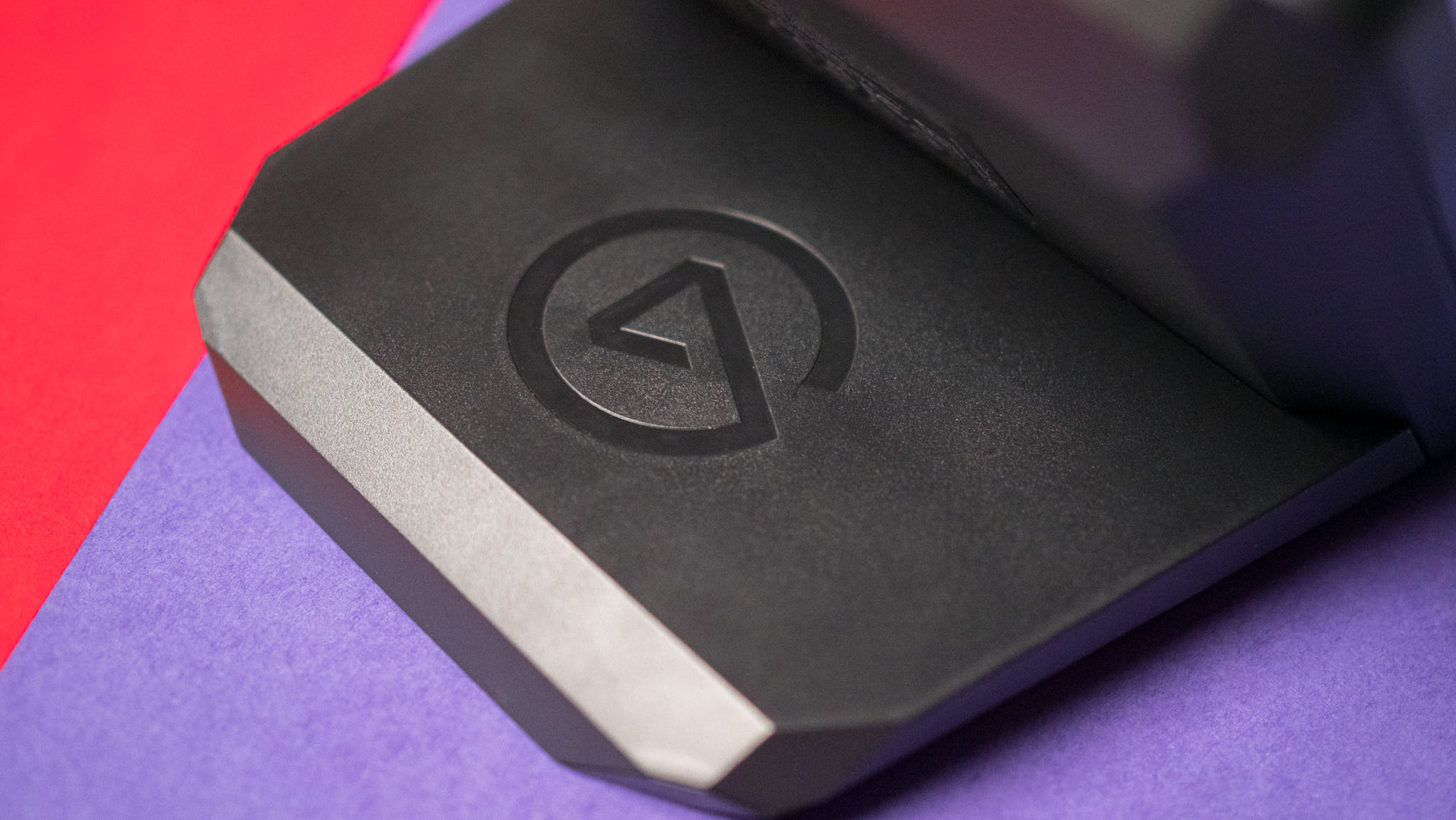
The build quality of the Stream Deck+ is just as good as the standard model, and in the year I used the product, I didn't run into any issues. The eight buttons are backlit and have good travel, the touch bar tends to get distracting at times, but you can adjust the brightness of the LCD panel, and the rotary knobs are high quality.
Elgato Stream Deck+: What needs work
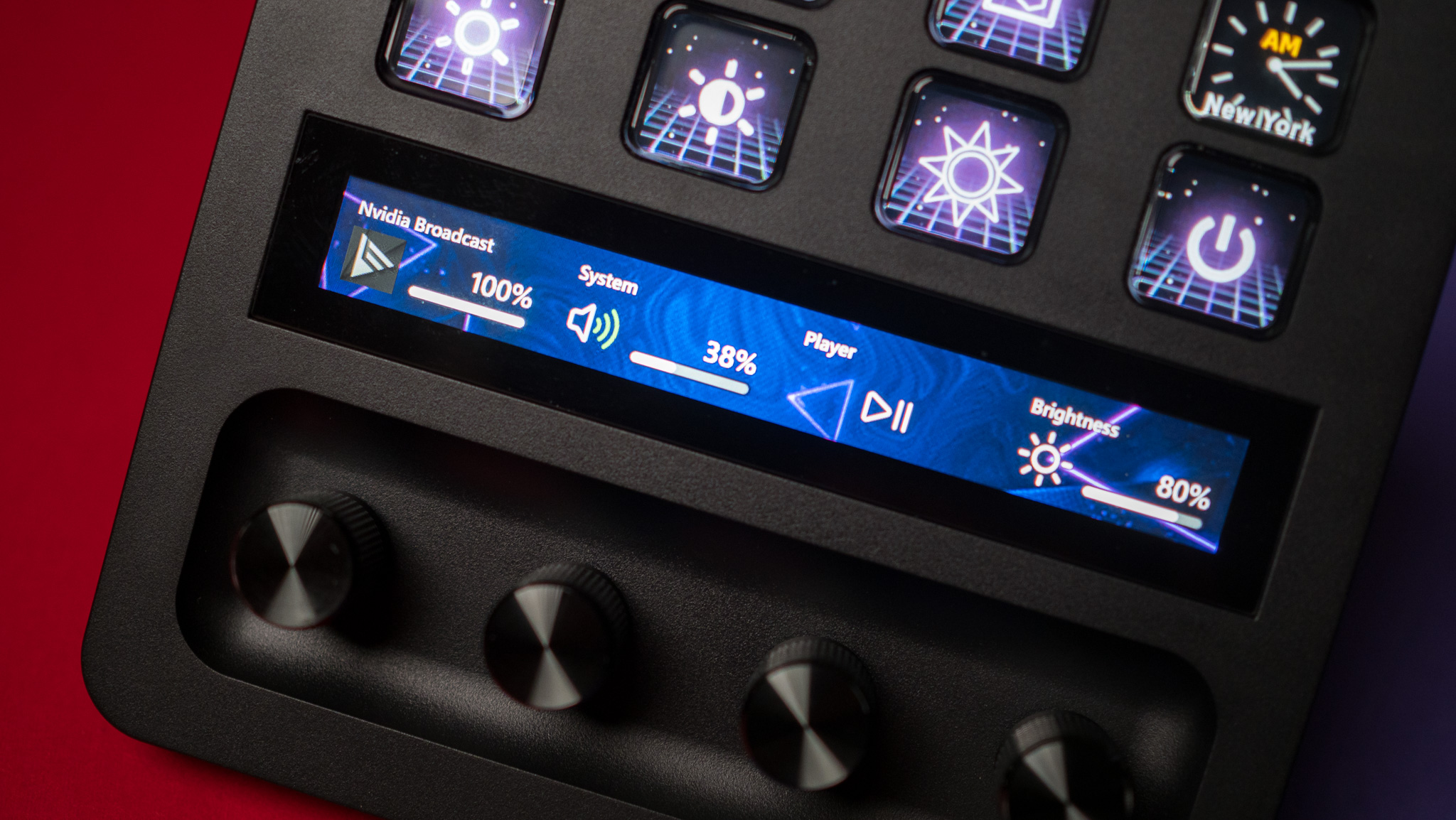
The Stream Deck+ does a lot of things well, and the only issue I have with the hardware is that the dials don't have an LED ring. This makes them a little harder to locate while gaming at night, particularly given that the rest of the control interfaces are backlit.
I would have also liked a detachable design similar to that of the Stream Deck Mk2; as it is, the Stream Deck+ is considerably larger than the regular model, and a modular design would have worked better. It's also quite costly at $200; the regular Stream Deck is going for $147, and while you don't get the dials or a touch bar, it includes nearly twice as many buttons.
Elgato Stream Deck+: The competition
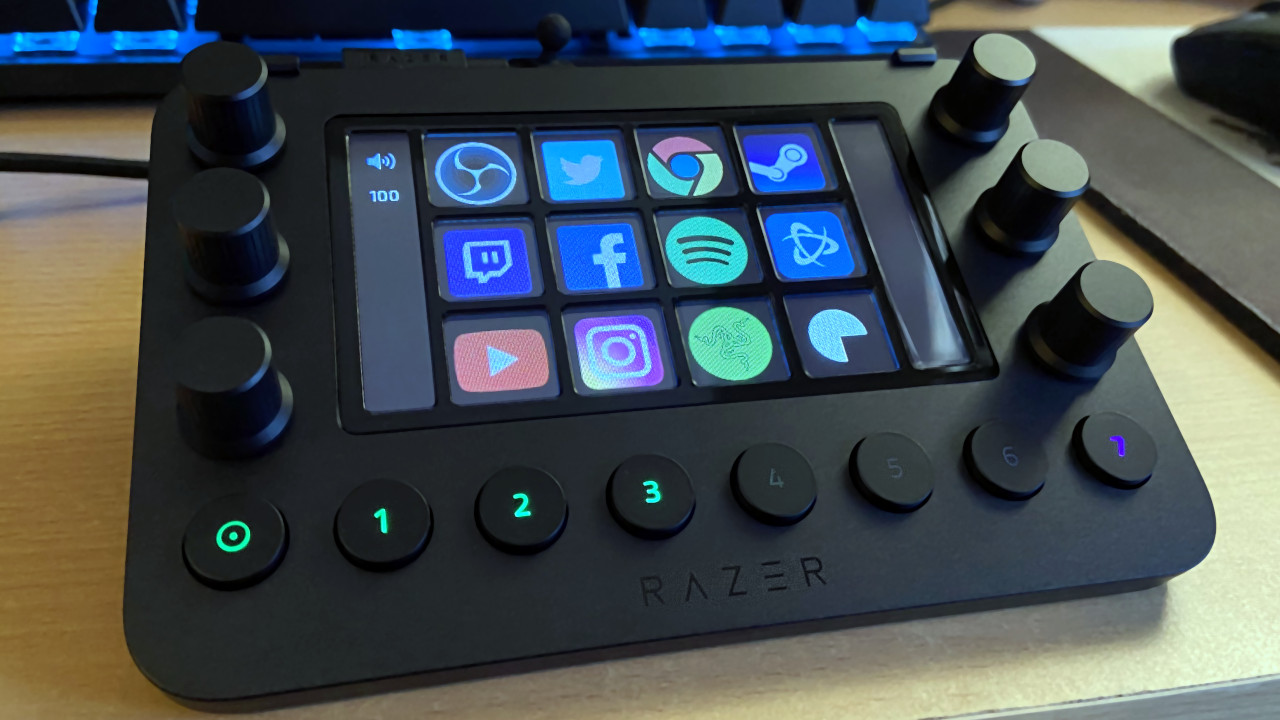
If you like the look of the Stream Deck+ but want more buttons and knobs, you may want to consider Razer's $269 Stream Controller. It has 12 buttons, six knobs, and eight programmable buttons. While the hardware has a lot of potential, the software ecosystem isn't quite as extensive as what you get with Elgato, and in our review of the Stream Controller, we dubbed it dull and costly.
If you just need a control pad with plenty of buttons, the Stream Deck Mk2 is a great alternative. It is highly customizable — both in terms of hardware and software — and at $147, it is a good value.
Elgato Stream Deck+: Should you buy it?
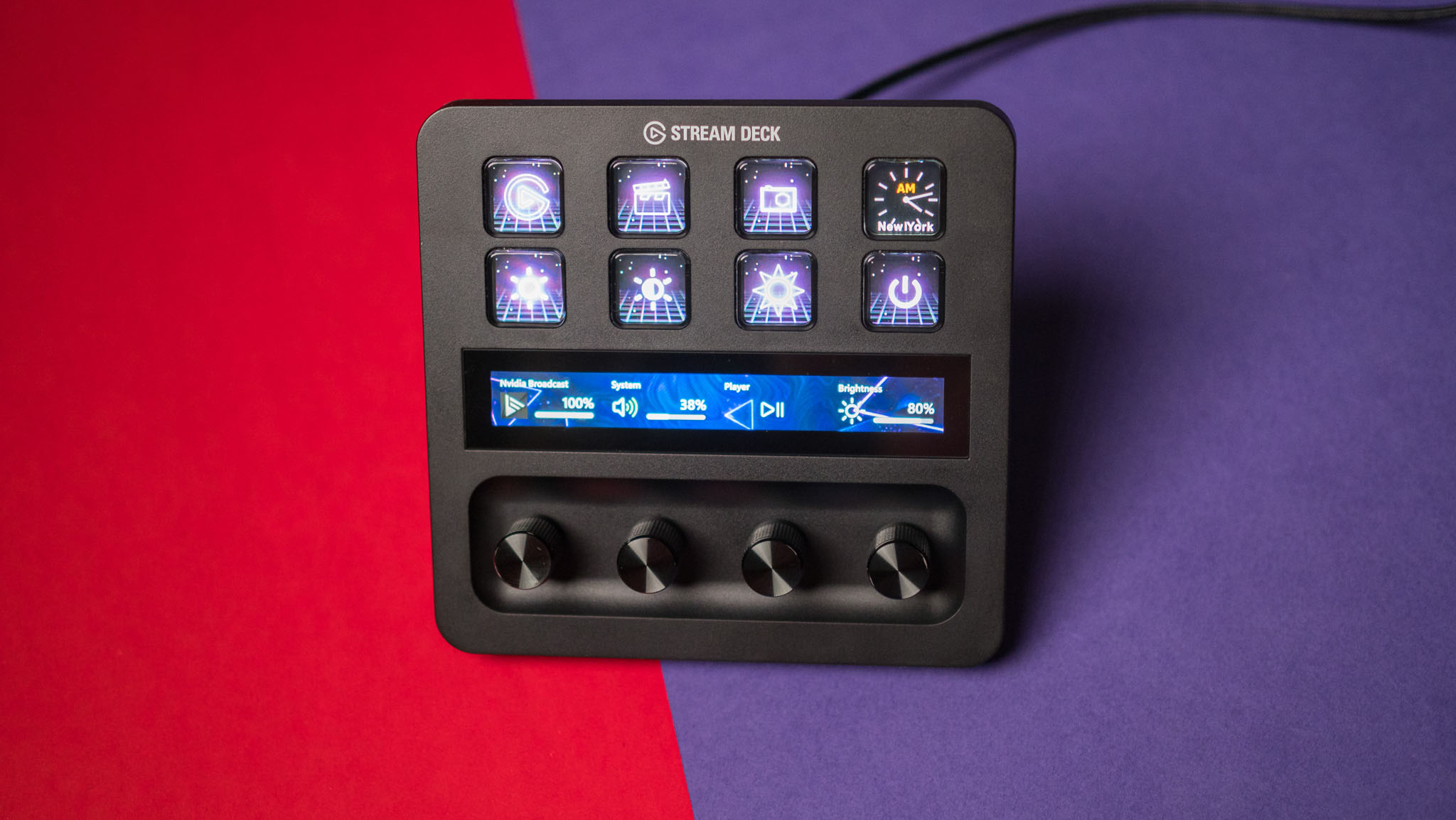
You should buy this if:
✅ You want an analog control pad with dials and buttons.
✅ You own other Elgato products.
✅ You want tight integration with major smart home platforms.
You shouldn't buy this if:
❌ You want a value-focused control pad.
❌ You need more buttons.
The Stream Deck+ is costlier than the standard model, but the unique additions easily make it worth the price. Although it has fewer buttons than the Stream Deck Mk2, the eight buttons are larger and better to interact with, and that makes a difference in daily use. The touch bar is a novel inclusion that has plenty of utility, and while it was limited at launch, you can add a ton of customization to it now.
That's true for the rotary knobs as well, and they can be used as a traditional audio mixer, or you can customize the dials to change the brightness of various Elgato lights and even control Windows utilities. It's the extensive customizability and Elgato's software ecosystem that gives the Stream Deck+ a distinct edge, and if you don't mind the premium, it's a no-brainer.

Harish Jonnalagadda is a Senior Editor overseeing Asia for Android Central, Windows Central's sister site. When not reviewing phones, he's testing PC hardware, including video cards, motherboards, gaming accessories, and keyboards.
